The
agricultural water pump industry continues to develop. This industry not only benefits from improvements in agricultural technology but also from government policy support.
First of all, advances in agricultural technology have had a positive impact on the
agriculture monoblock pumps. With the popularization of water-saving irrigation technologies such as drip irrigation and sprinkler irrigation, farmers' demand for water pumps is also increasing. As the core equipment of the irrigation system, the quality and performance of agricultural water pumps directly affect the irrigation effect and agricultural production efficiency. Therefore, the agricultural water pump industry needs to continuously improve the technical content and quality of its products to meet farmers' needs for efficient, water-saving, and environmentally friendly agricultural production.
Secondly, government support for the agricultural water pump industry also plays an important role. The government encourages farmers to purchase efficient and energy-saving agricultural water pumps through financial subsidies, tax incentives, and other policies and measures and carries out technological transformation and upgrading of water pump production enterprises. The implementation of these policies not only improves farmers' purchasing power but also promotes the transformation and upgrading of the agricultural water pump industry.
However, the agricultural water pump industry also faces some challenges. On the one hand, market competition is fierce, and companies need to continuously improve the differentiated advantages of their products and strengthen brand building; on the other hand, because agricultural water pumps are used in harsh environments and product maintenance and upkeep costs are high, companies need to strengthen the construction of after-sales service systems.
In the future, the development trend of the agricultural water pump industry will be dominated by intelligence, digitization, and automation. Enterprises need to increase scientific and technological innovation, improve the technical content and added value of products, and strengthen cooperation with scientific research institutions, universities, etc., to promote the integrated development of industry, academia, and research. At the same time, enterprises also need to pay attention to changes in market demand, constantly optimize product structure, and improve product quality and service levels to meet farmers' growing production needs.
In short, the agricultural water pump industry is an industry full of opportunities and challenges. In future development, enterprises need to continuously innovate and improve quality and services to adapt to market changes and needs. At the same time, the government and all sectors of society also need to pay more attention and support to jointly promote the healthy development of the agricultural water pump industry.
In the realm of the agricultural water pump industry, innovation remains paramount. With the trajectory leaning towards intelligence, digitization, and automation, enterprises are compelled to ramp up their R&D efforts. Collaborative ventures with research institutions and universities could serve as the catalyst for groundbreaking advancements. By fostering this synergy between academia and industry, the sector can spearhead transformative technologies tailored to meet the evolving needs of farmers.
Moreover, a keen eye on market dynamics is imperative. Adapting product structures and enhancing quality and service standards are indispensable strategies. As farmers' production requirements continue to evolve, agility in responding to these shifts becomes non-negotiable.
Additionally, governmental support remains pivotal. Policies that incentivize the adoption of efficient and eco-friendly pumps not only bolster purchasing power but also drive industry-wide innovation. By fostering an enabling environment, policymakers can catalyze sustainable growth within the sector.
In essence, the agriculture electric pump industry stands at the nexus of opportunity and challenge. Through unwavering commitment to innovation, coupled with robust market insight and governmental backing, the industry can navigate complexities and chart a course toward sustainable development.

 English
English русский
русский Español
Español
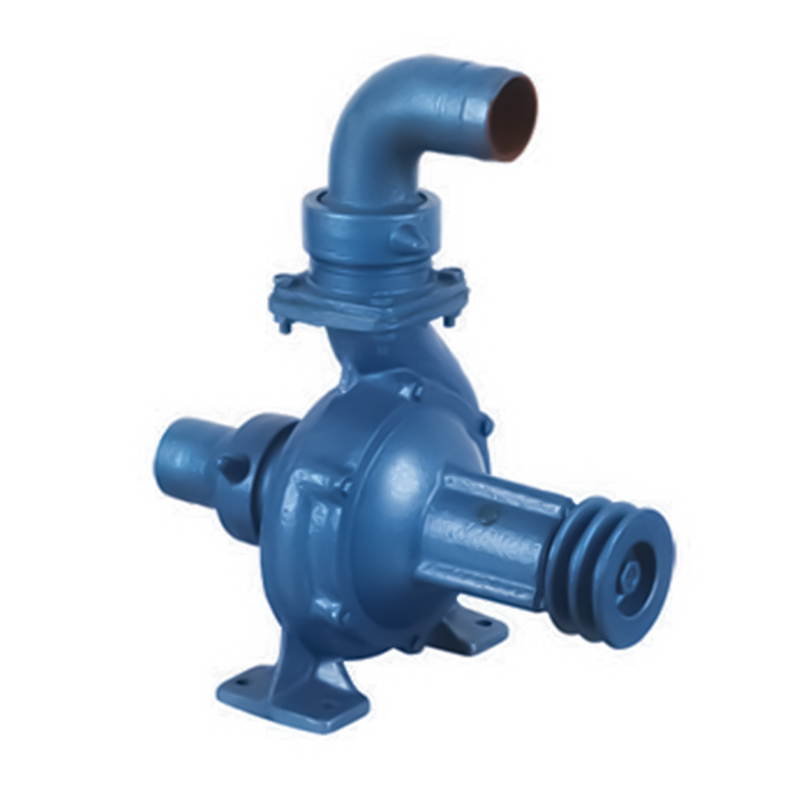
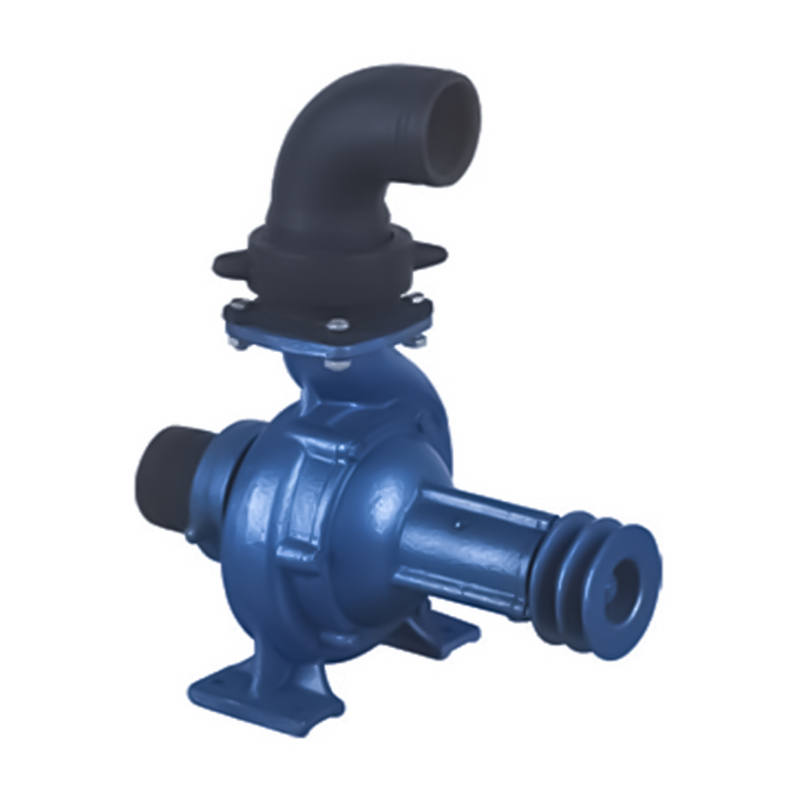

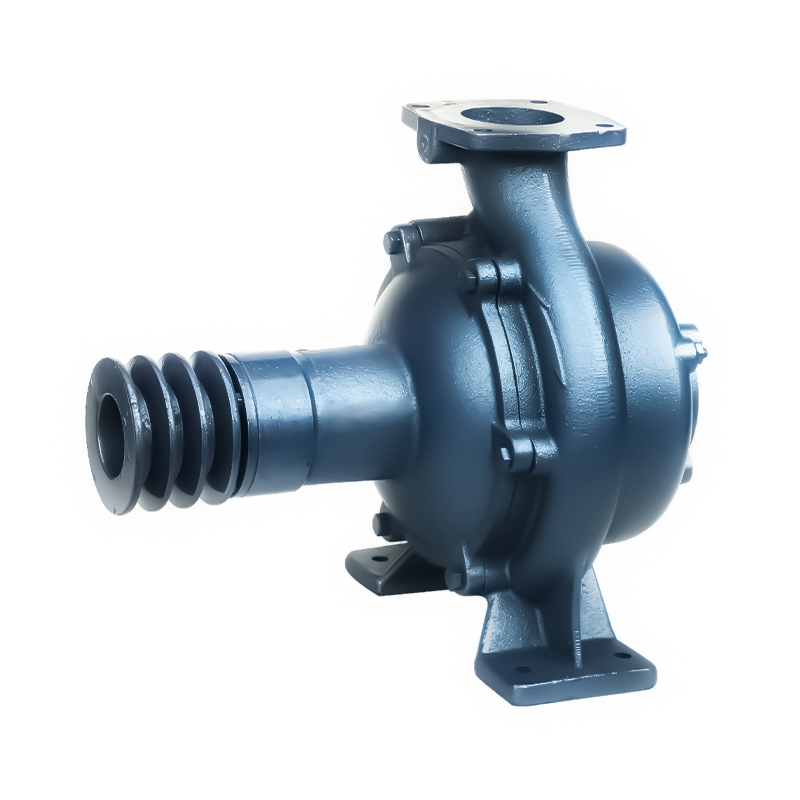
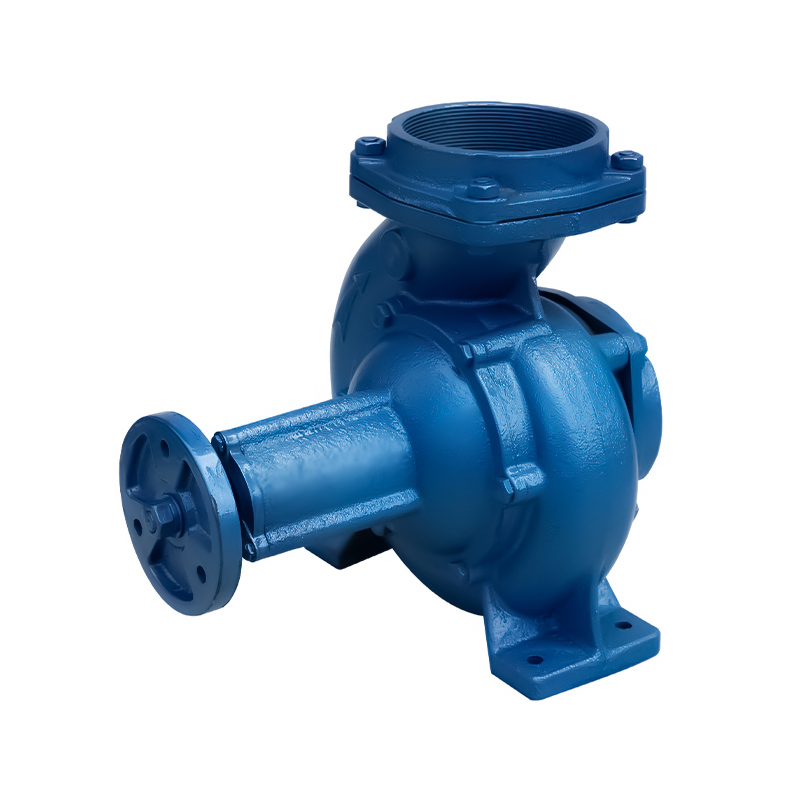
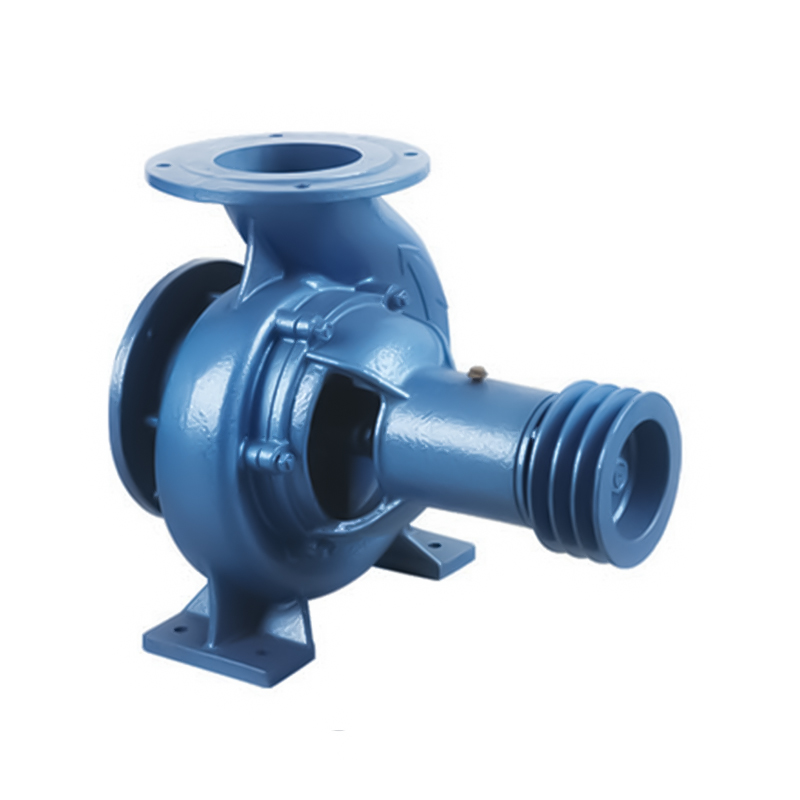
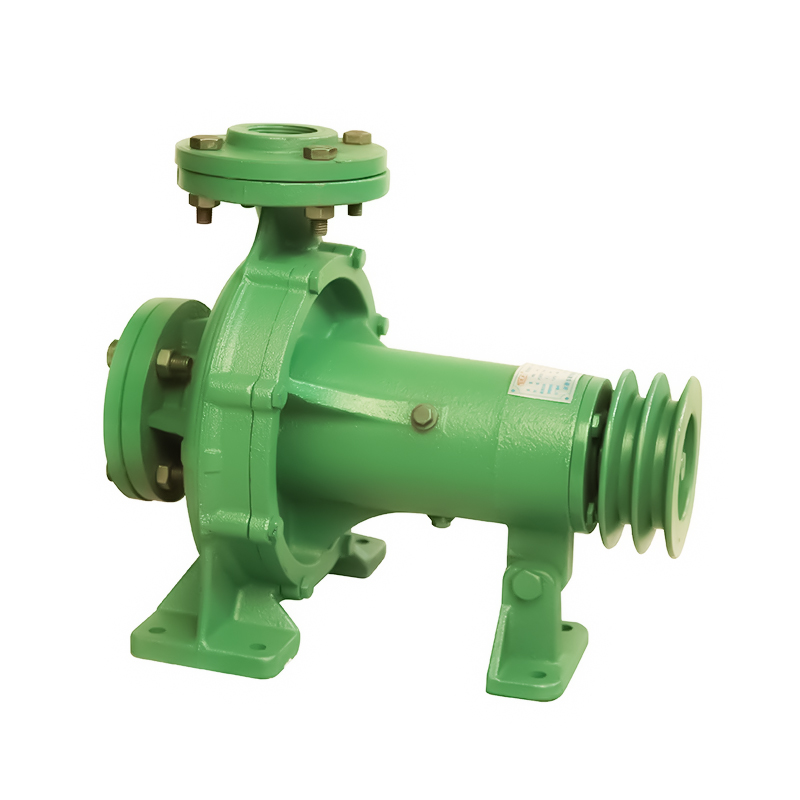

 Email:
Email:
 Phone:+86-13605899207
Phone:+86-13605899207

